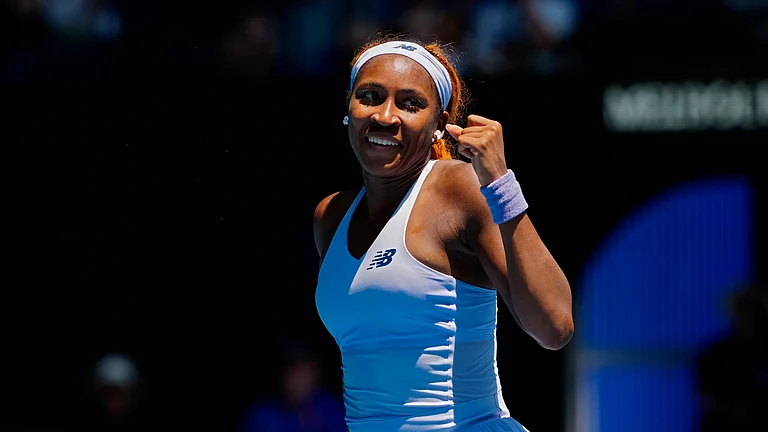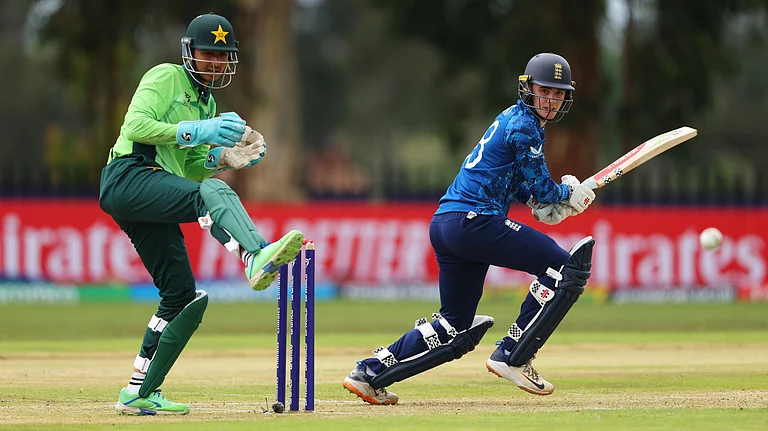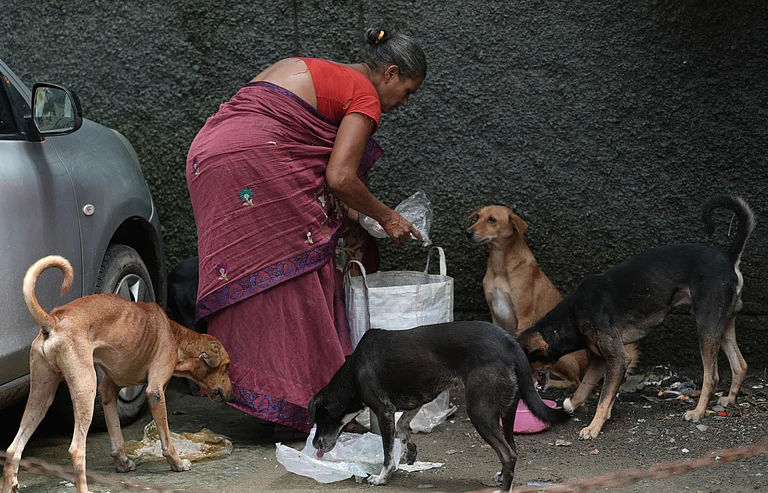Unintentionally, it suggests that the book is an overview of contemporary handcrafted Indian textiles per se; not just those developed by him, Rakesh Thakore and the government weavers' centres at that time. The lack of mention of other major developments in Indian textiles during the same 10 years may surprise a casual browser. The craft-y literati have been equally surprised at the unattributed borrowings from the 1982 Viswakarma catalogue, The Master Weavers, written by Jyotindra Jain. So similar are the two that one apocryphal story has it that Dr Jain was sent Handcrafted Indian Textiles for review, and replied that he does not review his own books!
The confusion, controversy, and snide cocktail party chatter are unnecessary. A subtitle including the word Viswakarma and some care in acknowledging debts, would have enabled the editor and writers to put across their theme without stubbing so many sensitive toes.
It is unfortunate: Tradition and Beyond is a wonderful, heirloom book which introduces a golden epoch of Indian textiles to a whole new generation of readers. It is especially apposite at a time when we are rediscovering the glories of our handloom heritage - after almost a decade of thralldom to mass produced, Western tat.
I saw six out of the seven Viswakarma exhibitions. Each one is still vivid - the beauty and finesse of the textiles, their glowing colours, the superb ornamentation, the twists with which Rakesh Thakore transformed a familiar weave into a transcendent new avatar. The first Viswakarma came at a time when many Indian handcrafted textile traditions had died; others had become static.
As master weaver Mohan Meher said, craftspeople were so busy "making simpler, coarser variations of original designs to suit 'modern' sensibilities", that they had "lost the melody of the original". The Viswakarmas turned this around. With Pupul Jayakar as fairy godmother, Viswakarma had the full backing of the government. Martand Singh and his team travelled the length and breadth of India, uncovering languishing skills and craftspeople. It gave weavers, block printers, dyers and embroiderers the time and opportunity to perform at their peak.
The story of this endeavour is interpolated as dialogues between Martand Singh and the two writers. This has replaced the conversations with master craftspeople that formed such an integral part of the Master Weavers catalogue, acknowledging the debt that urban designers owe to their skills and memories. A melding of both these voices would have been richer and more accurate.
Viswakarma was an extraordinary concept; its realisation was an extraordinary achievement. This book is an exquisite and well-deserved tribute. Like the many forms of the Tree of Life, twisting on sari pallavs, winding floral branches on Machilipatnam panels, it brings inspirationally to life the vitality and beauty of Indian textiles, evolving, yet eternal.
One wishes that the subsequent story of these textiles, and the craftspeople who engaged in them, were also part of the narrative. Barely a hundred or so of the 1,500 textiles produced for Viswakarma went into retail production. Even fewer gave birth to sustained livelihoods. Twenty years later weavers still starve: we still exclaim in frustrated awe at the exquisite colour plates that show their potential.
Like the conversations between the editors and two authors, irritatingly printed on pages that have textile motif designs busily over-printed on them, Handcrafted Indian Textiles looks wonderful, sounds great, but does not work so well as craft history.
























